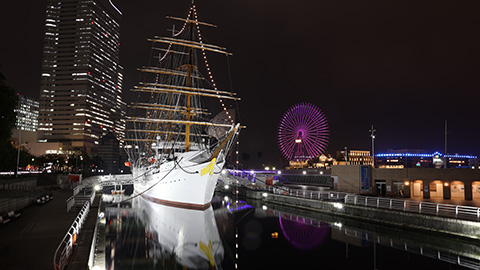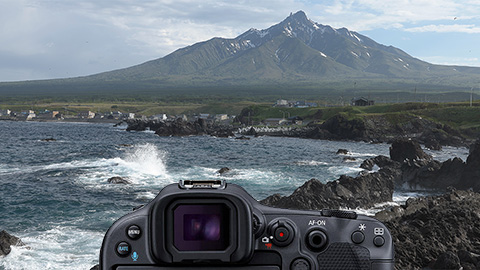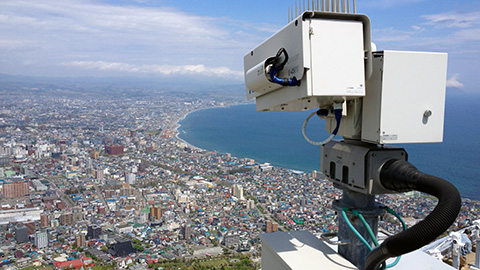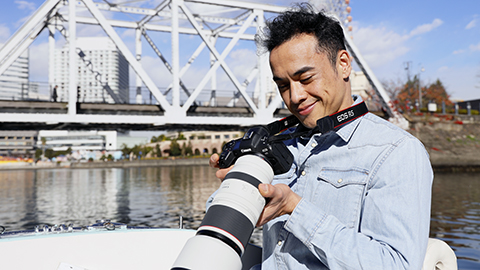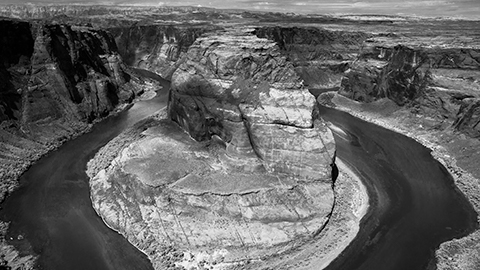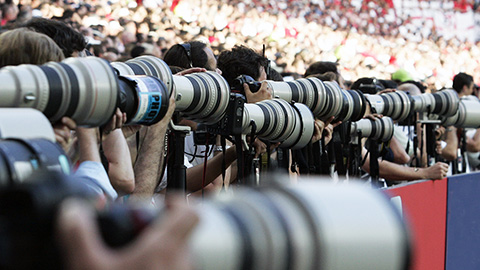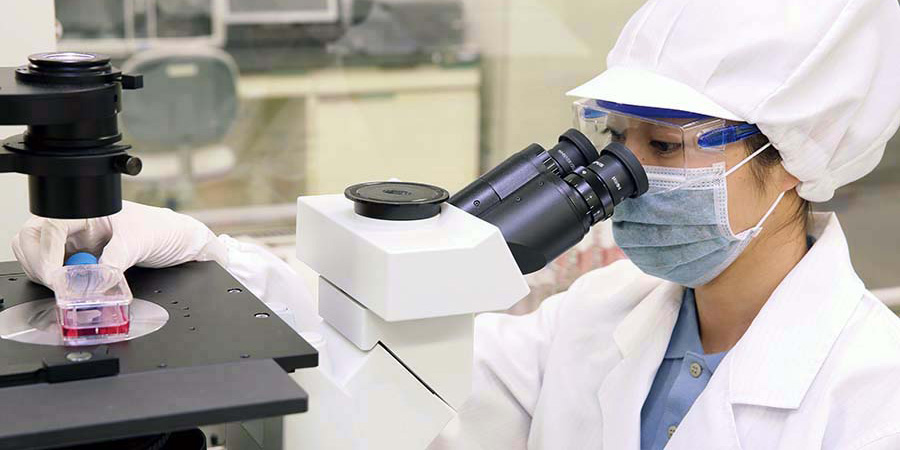Maintaining Trust in the Canon BrandVol.1 Pursuing autofocus capable of tracking birds' eyes
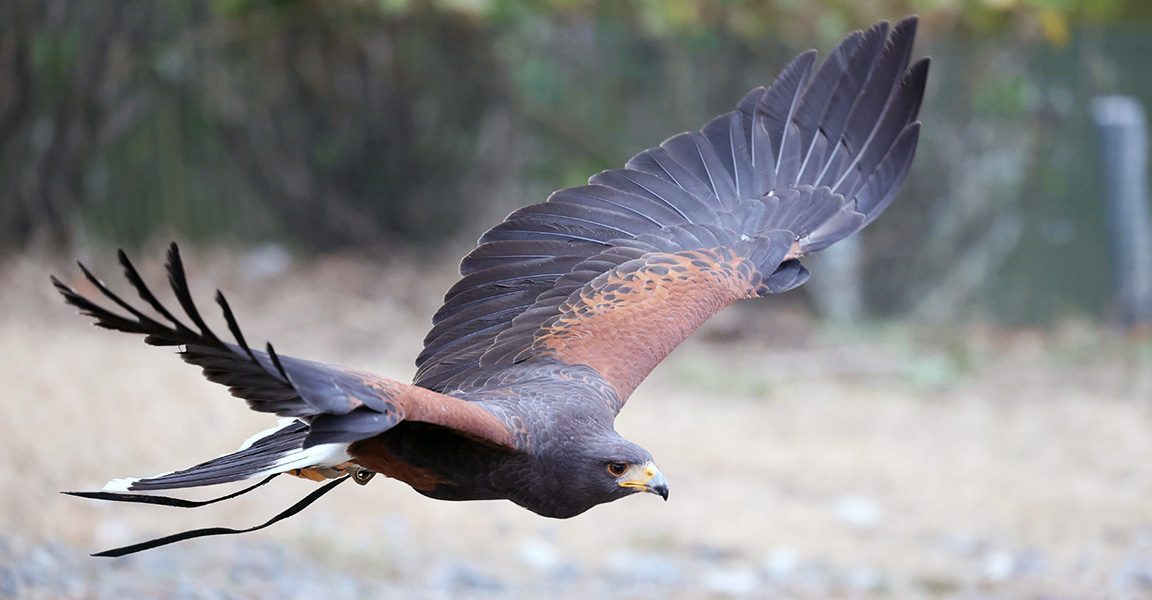
Imagine you’ve captured the perfect shot of your child at a school sports day, a dog running across an open field of grass or a cat enthralled with its favorite toy—only to find out later that your photo is out of focus.
“What did I do wrong?” you wonder, before admitting defeat and resolving to work on improving your technique.
Fortunately, advances have been made recently that make it much easier for users to get the perfect shot in such situations. Modern digital cameras feature autofocus (AF) that not only automatically follows ordinary moving subjects, but also those that move with great speed.
Birds—the ultimate challenge for autofocus
Canon cameras have long been able to detect and maintain focus on moving human subjects.
Yet the company has continued to push new boundaries, pursing new evolutions in camera technology so that users can take the exact photo they want to. With this goal in mind, Canon aimed to develop AF technology that can automatically focus on and follow dogs, cats and birds. But it didn’t stop there—Canon also strove to achieve AF that can remain focused on subjects as small as a bird’s eye.
In order to develop AF that continues to track the eyes of dogs, cats and birds, AI first had to be ‘trained’ to recognize when they were viewing such subjects.
Even among these fast-moving subjects, birds are especially difficult to detect, due to the overwhelming variety of species as well as their uniquely significant changes in shape and size.
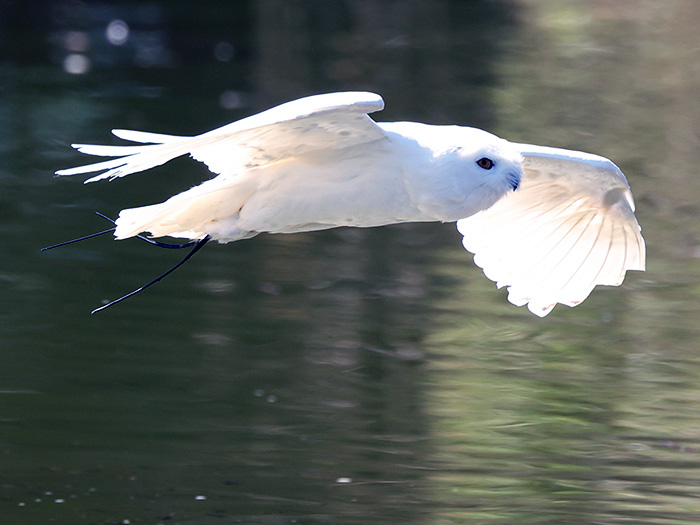
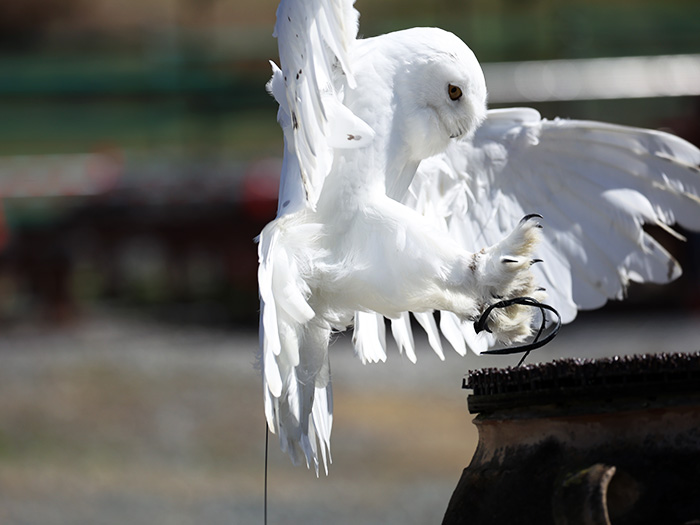
Consider, for example, the differences between swans, which are large, white birds with long necks, or flamingos, which have incredibly long legs, as well as various other birds with huge beaks. Not only that, the form and posture of birds vary greatly depending on whether they're resting on a tree branch, getting in position to take flight, flapping their wings or simply gliding through the air.
In order for cameras to detect such a difficult subject, a vast amount of data is required.


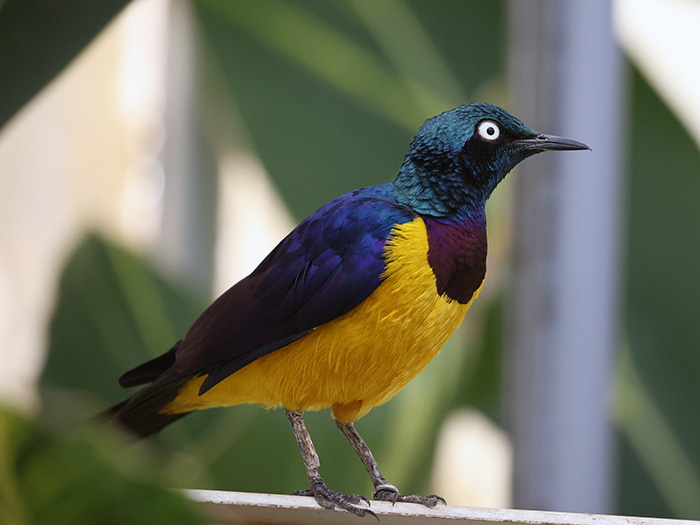
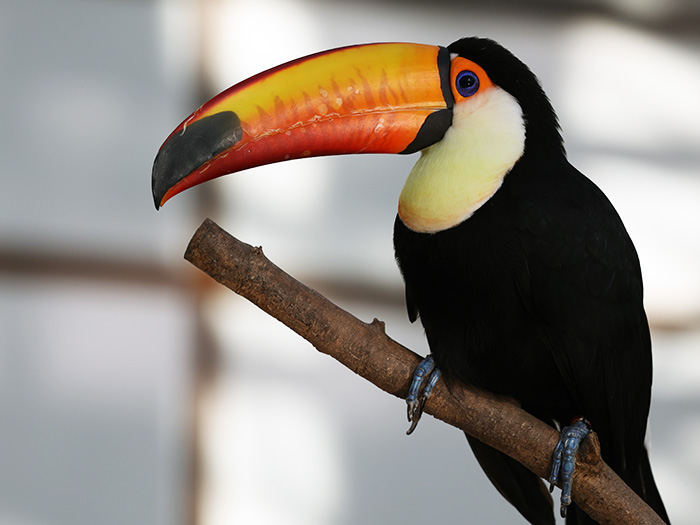
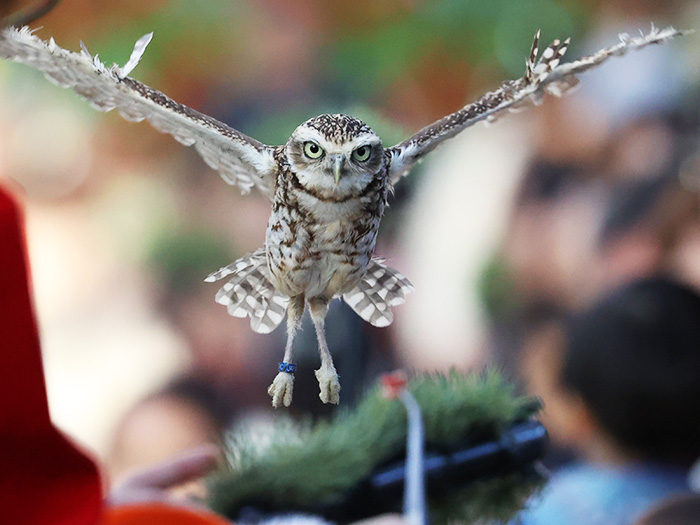
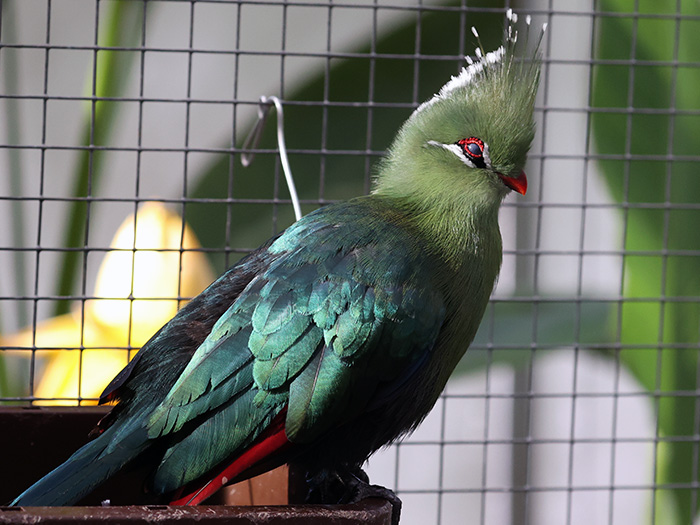
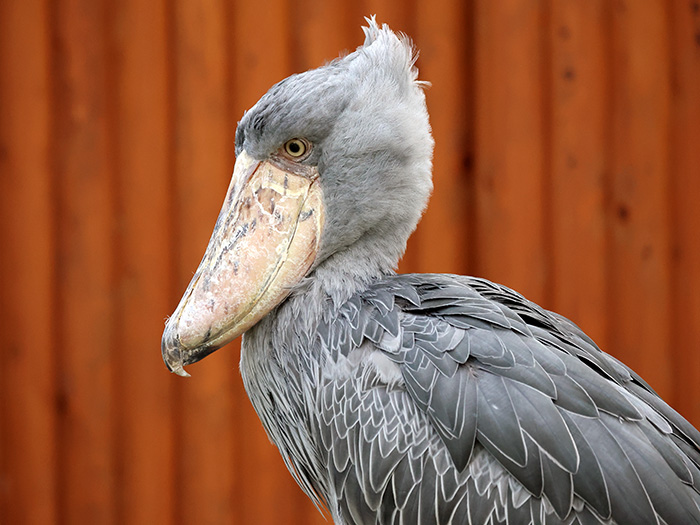

Every bird, every form
The first step to making AI recognize birds and detect them with high accuracy is to gather a large variety of images of birds.
Canon poured through encyclopedias of birds, collecting images of various species of birds in positions including resting, in flight, and with wings spread.
Another challenge was striking the right balance in teaching the AI to distinguish between what is and is not a bird.
If the criteria is too strict, subjects that really are birds may not be recognized as such. But if conditions are too forgiving, things that are not birds may be mistaken for one, such as an outstretched human hand.
During development, all manner of subjects were mistakenly recognized as birds—including flowers, letters on signs and reflections of waterfowl on the surface of ponds and lakes. Such daily occurrences frequently caused headaches for engineers tasked with making adjustments.
In other tests, realistic stuffed toys or taxidermy bird of prey (such as hawks, eagles and owls) were placed on carts or rails and pushed past the camera at high speeds.
One by one, these mistakes resulting from discrepancies in human recognition and AI recognition were corrected, gradually forming an accurate and high-quality system that ensures users won’t miss opportunities to capture great photos.
Of course, this wasn’t the end of the development process. In fact, it was just the beginning of testing to further improve the quality of AF detection.
Making autofocus even better
The goal: AI that recognizes birds and automatically focuses on their eyes. In order to make possible this level of accuracy and quality, Canon’s quality evaluation department set out to capture photo after photo of real birds in all manner of places and positions. But could it actually be done?
To train their AI, engineers chose Kakegawa Kachouen bird sanctuary in Shizuoka Prefecture, southwest of Tokyo, as their primary testing site. The sanctuary is home to an incredible variety of birds including cranes, swans, penguins, peafowl and even majestic birds of prey such as hawks and owls, which are free to fly when and wherever they please, making the sanctuary an ideal environment for testing bird photography.
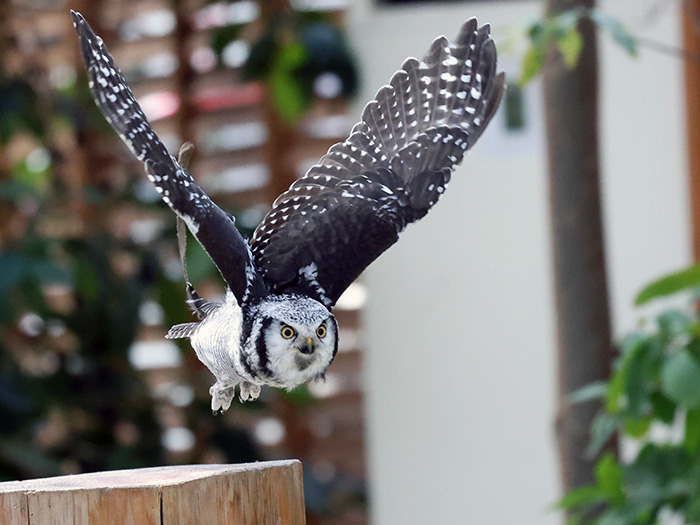
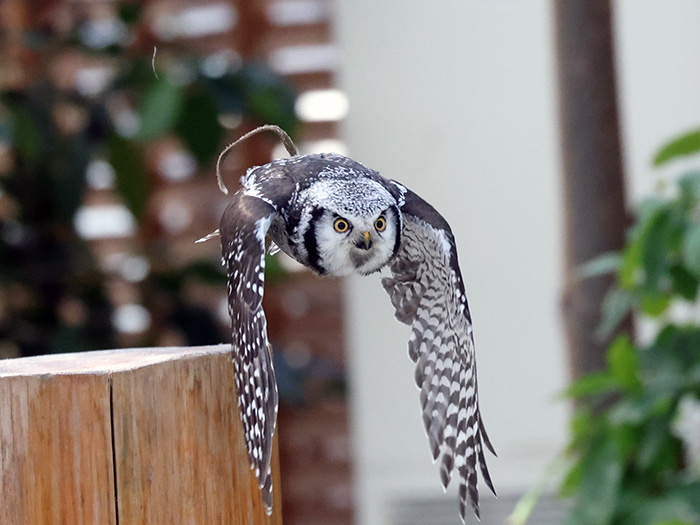
Unfortunately, things didn't go as smoothly as the engineers had hoped.
First, it can be difficult enough to properly frame a shot of the subjects. Even the camera testers, who are naturally experts at using the devices, required a lot of time to perfect the technology needed for bird photography.
Birds won't simply stop and pose for photographers in the easiest of positions. They might be distracted by a crow that wandered into view and fly off towards the forest, or a hawk may have just finished eating and sits still digesting its meal instead of taking flight. On some days, testers barely managed to get 15 minutes of quality photography time.
For several months, testers hauled heavy cameras and telephoto lenses to and from the sanctuary. In all, they succeeded in capturing tens of thousands of bird photos from countless different angles.
The many forms that these birds might take often made things incredibly difficult for developers. However, it’s thanks to developers overcoming these difficulties that the camera’s AF performance—and as a result, the images themselves, achieved such high levels of quality. Naturally, the high-precision AF system also proves its worth when shooting video, so photographers can rest assured that their camera will keep focusing on whichever bird they have in frame.
The dedication to perform countless tests in real and unforgiving conditions—all to realize a level of quality that would truly satisfy customers.
This determination to capture the best photo of even the most difficult subjects and deliver the greatest possible image is the spirit of Canon that is found in every product.



